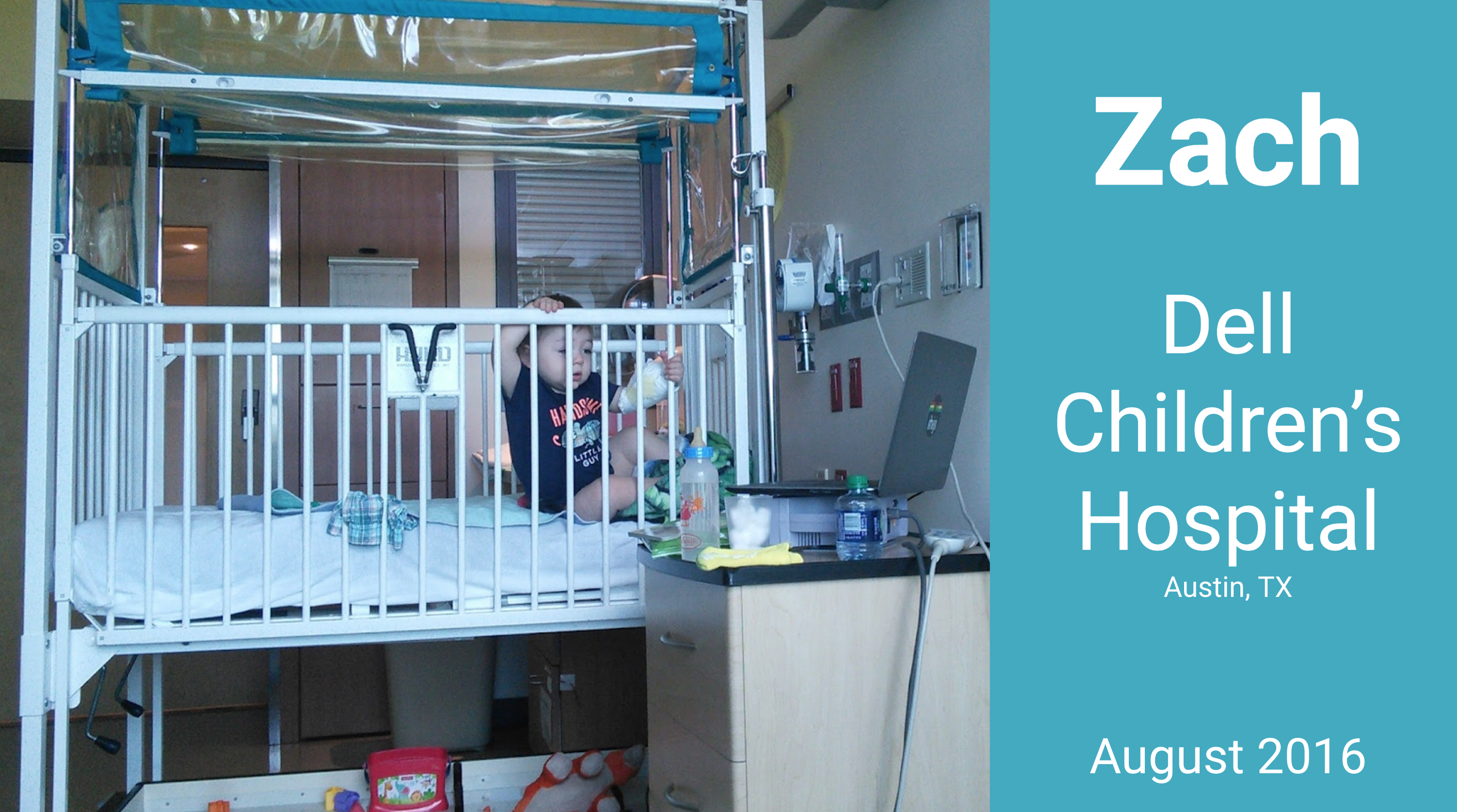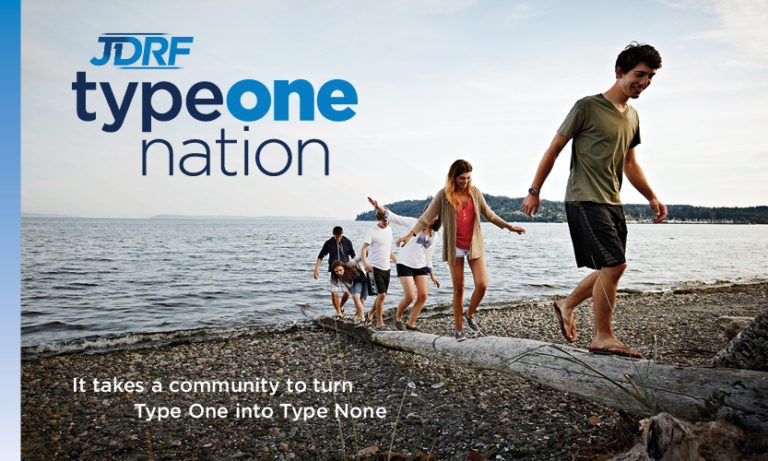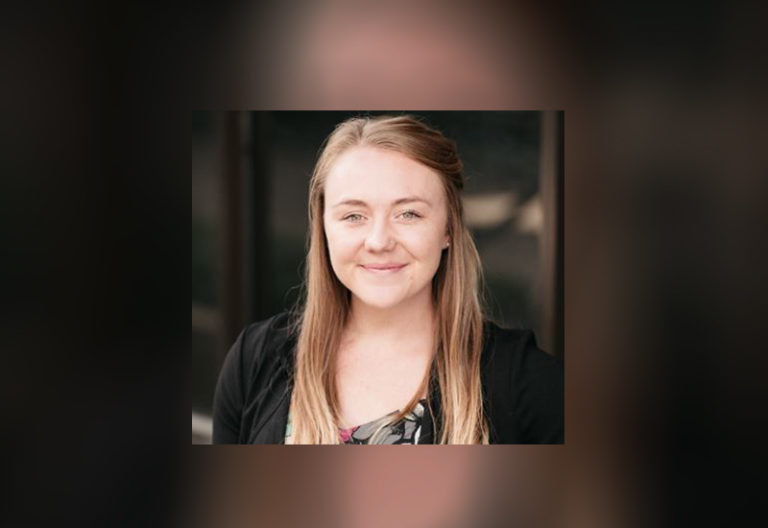During the summer of 2016, my family life collided with my professional experience when our 18-month old son was diagnosed with Type 1 Diabetes (T1D).
If you aren’t familiar with T1D, it is an autoimmune disease for which there is no known cause or cure. The disease affects an estimated 18 million people globally and growing. Unfortunately, mismanagement can be deadly, with numerous short and long-term risks and complications.
As parents, we now act as our son’s pancreas. The result is stress, sleeplessness, anxiety, and a constant burden – summed up as work and worry. The good news is there is significant research around T1D, and the technology is continuously improving. Some of that technology happens to be in an area that I have a good deal of experience and knowledge of — remote monitoring.
Immersing myself in the diabetes technology space, talking to other parents, healthcare professionals, and patients, I quickly found I was not alone in my search for better solutions for disease management. I discovered an incredible community of parents and people with diabetes who were equally determined to create better solutions to monitor and manage diabetes. I found a Do-It-Yourself (DIY) community of open source enthusiasts, thinkers, makers, and hackers pushing the envelope of technology to improve people’s lives. The community was welcoming and familiar because it mainly consisted of people with diabetes or their caregivers.
After a couple of years of going to diabetes professional conferences, industry hackathons, and getting to know the DIY community, I had a realization. While there was amazing patient-led innovation in the open-source and DIY community, I recognized an enormous accessibility gap. The gap between DIY and off-the-shelf solutions would typically be filled by industry but lagged because of innovation culture, software maturity (within historically hardware-based companies), corporate priorities, and FDA regulation. There were innovative solutions for the 1% who had the privilege to “Do-It-Themselves” but left the other 99% with the status quo.
My question was, can I use my unique experience and skills to make a difference? Can a small startup accelerate the pace of commercial innovation? Can we do this under a sustainable company entity with the desire to do good?
I can’t sign off without sharing my utmost gratitude for the state of diabetes technology today. Even with regulation, we are in a golden age for people with diabetes. I am thankful that when my son was diagnosed, we had fantastic technology available from both the commercial companies and the DIY community. I must also recognize the hard work and importance of the DIY community. Their tireless efforts have changed the lives of over a hundred thousand people with diabetes around the world. Thank you all.
Stay tuned for the continuation!




